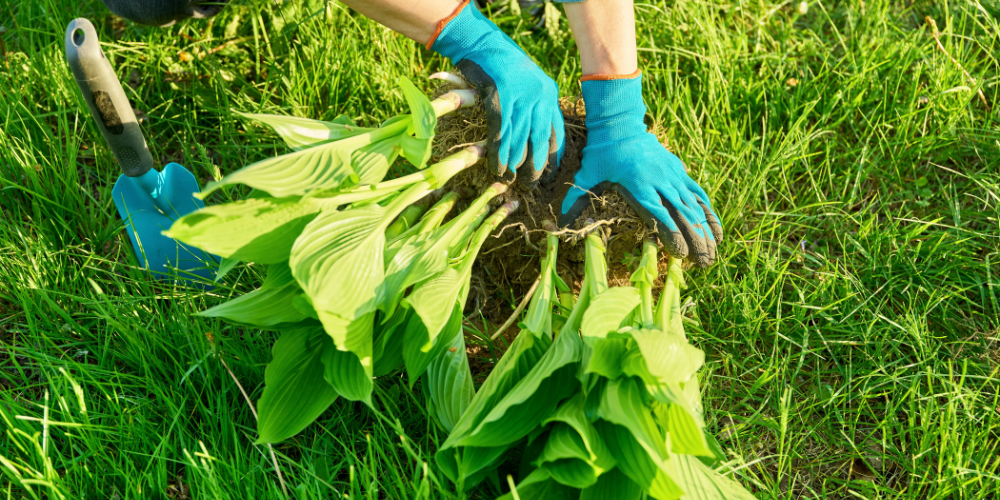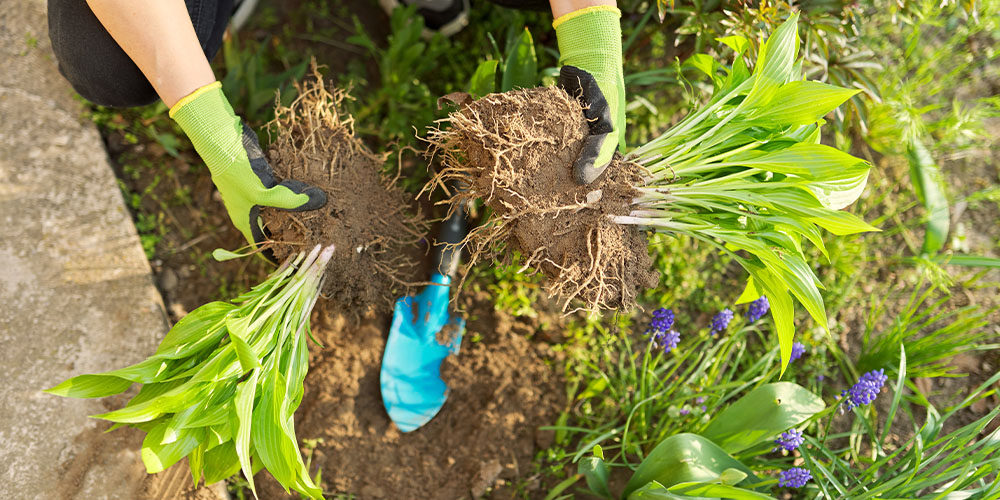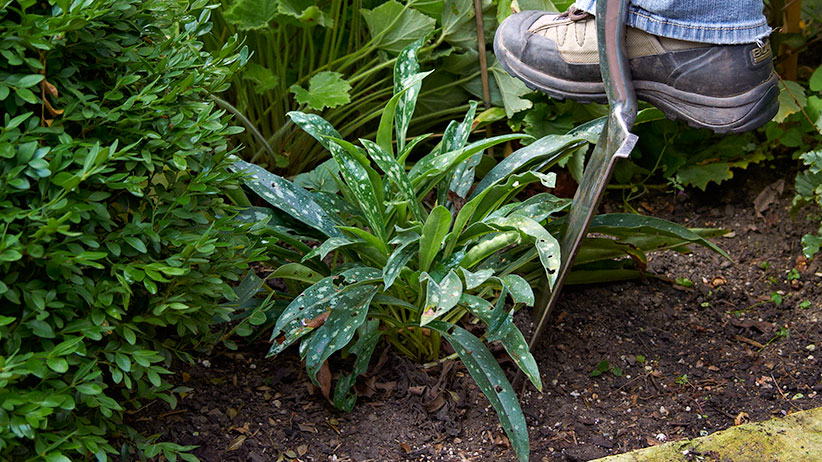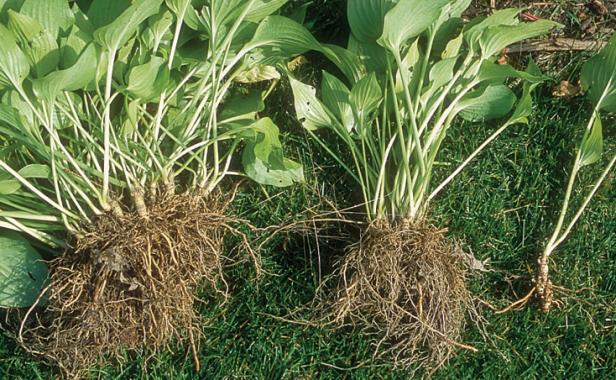Perennials are garden treasures that return year after year, offering beauty, texture, and reliable structure to flower beds and borders. However, over time, many perennials can become crowded, lose vigor, and produce fewer blooms. The secret to keeping these plants healthy and thriving is periodic division. Dividing perennials not only rejuvenates older plants but also allows you to expand your garden at no extra cost.
If you’ve never divided plants before or want to improve your technique, this guide will walk you through 10 essential tips to divide perennials for healthy growth and ensure your garden remains vibrant season after season.

Why Divide Perennials?
Before diving into the tips, let’s understand why this practice is so valuable:
- Improves plant health and vigor.
- Prevents overcrowding and poor air circulation.
- Encourages more prolific blooming.
- Controls plant spread.
- Provides new plants for other areas of your garden.
Regular division ensures your perennials stay productive, beautiful, and disease-free for years to come.

10 Tips to Divide Perennials for Healthy Growth
1. Choose the Right Time
Timing is crucial for successful perennial division. As a general rule:
- Spring and summer-blooming perennials should be divided in fall, when the temperatures are cooler but the soil is still warm enough for root establishment.
- Fall-blooming perennials are best divided in early spring, just as new growth emerges.
This allows plants to recover before their active growing or blooming period.
Tip: Avoid dividing during extreme heat, drought, or when plants are in full bloom.

2. Look for Signs That Division Is Needed
Not all perennials need frequent dividing. Pay attention to signs indicating it’s time:
- The plant has outgrown its space.
- The center of the clump is thinning or dying out.
- Flower production has decreased.
- Foliage appears less vibrant or weak.
- Neighboring plants are getting crowded.
Plants like daylilies, hostas, irises, and black-eyed Susans often need division every 3–5 years, while others like peonies may go 8–10 years.

3. Prepare Your Tools and Work Area
A few basic tools make the division process easier and safer for both you and your plants:
- Garden fork or spade
- Sharp garden knife or pruning shears
- Hand trowel
- Watering can or hose
- Buckets or tarps to hold divisions
- Gloves to protect your hands
Tip: Clean and sterilize tools before use to prevent disease spread.

4. Water Plants Well Before Dividing
Watering your perennials a day before dividing helps soften the soil, making it easier to dig up the plants without damaging their roots. It also reduces stress on the plant, ensuring a smoother transition during the division process.
Tip: Avoid working in very wet or muddy soil, as it can compact around roots and hinder new growth.

5. Dig Wide and Deep
When lifting a perennial, dig a wide circle around the plant to avoid cutting into roots. Use a garden fork or spade to gently loosen the soil and lift the entire root ball. Be careful to preserve as much of the root system as possible.
For larger clumps, you might need to pry the plant from multiple sides to loosen it fully.
6. Clean and Inspect the Roots
Once the plant is out of the ground, shake off or rinse away excess soil to get a clear look at the root structure. Inspect for any:
- Dead or decayed roots
- Diseased or damaged areas
- Pests hiding in the roots
Trim away any unhealthy sections before proceeding.
Tip: Remove old, woody, or tangled roots to encourage new, vigorous growth.
7. Separate the Plant Gently
Depending on the plant’s size and type of root system:
- Fibrous-rooted plants (like daylilies and hostas) can often be gently pulled apart by hand.
- Thick, woody, or tangled roots (like ornamental grasses or irises) may require a sharp knife or spade to divide cleanly.
- Clumping perennials should be split into several sections, each with a good cluster of roots and 3–5 healthy shoots or buds.
Avoid leaving divisions too small, as they may struggle to re-establish.
8. Replant Divisions Promptly
To minimize stress and drying out, replant divided sections as soon as possible. Choose a location with appropriate light, soil, and moisture conditions for the specific plant.
Plant each section at the same depth as the original, firm the soil around it, and water thoroughly to help settle the roots.
Tip: If you can’t replant immediately, keep divisions in a shady spot and cover roots with damp cloths or place them in a bucket of water temporarily.
9. Trim Foliage to Reduce Stress
Cutting back the foliage of newly divided perennials by about one-third to half reduces water loss and allows the plant to focus its energy on establishing new roots. This is especially important for large-leaved plants like hostas and daylilies.
Tip: Use clean, sharp shears to avoid tearing or damaging the foliage.
10. Mulch and Maintain
After planting your divisions, apply a light layer of organic mulch around the base. Mulch helps retain moisture, regulate soil temperature, and suppress weeds. Keep the mulch a few inches away from the plant’s crown to prevent rot.
Water regularly, especially during dry spells, but avoid overwatering. Most divisions benefit from a balanced fertilizer a few weeks after planting once new growth appears.
Tip: Label your new plantings if needed to keep track of what’s where, especially if moving divisions to different garden areas.
Bonus: Perennials That Prefer to Be Left Alone
While most perennials benefit from division, a few prefer minimal disturbance and only need dividing if absolutely necessary:
- Peonies
- Bleeding Hearts (Dicentra)
- Oriental Poppies
- Baptisia (False Indigo)
These plants typically develop deep taproots or are slow to recover from division, so only attempt this if the plant is declining or overcrowded.
Final Thoughts
Dividing perennials is a simple, sustainable, and cost-effective way to keep your garden healthy, balanced, and full of life. With proper timing, careful handling, and thoughtful replanting, you can extend the life of your favorite plants, boost their vigor, and even create new garden areas without spending a dime.
Whether you’re rejuvenating a tired clump of irises, taming an overgrown patch of ornamental grass, or multiplying your favorite daylilies, these 10 essential tips will help you divide perennials with confidence and success.
So the next time you spot a plant that’s outgrown its space or lost its bloom power, grab your spade and give it a fresh start — your garden will thank you for it.





